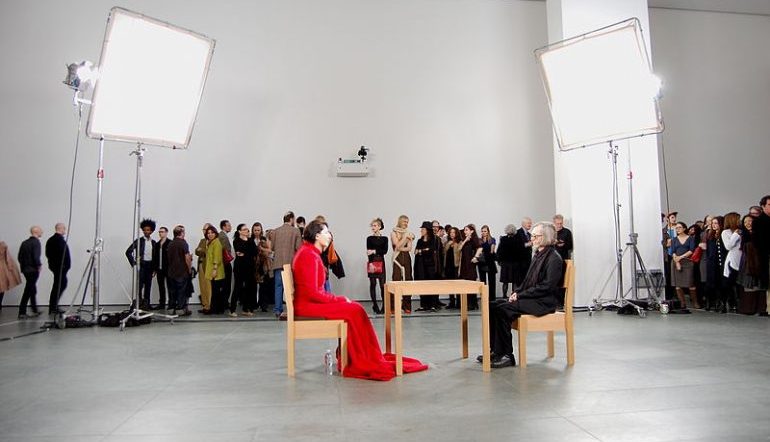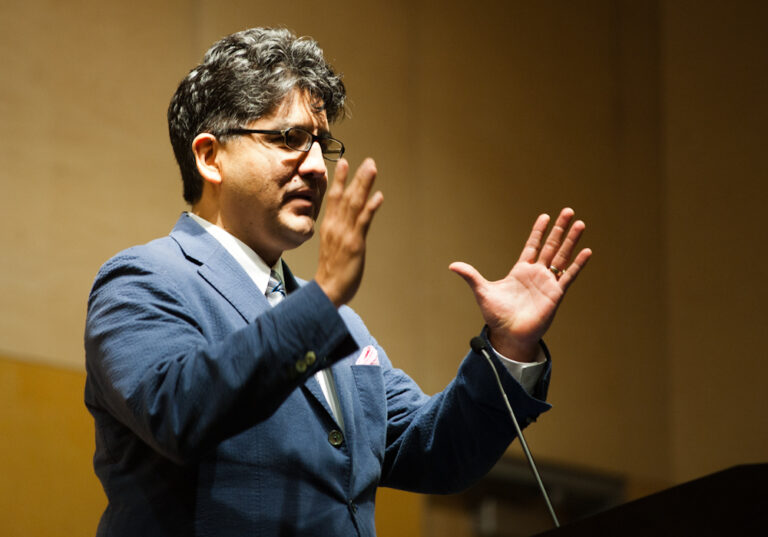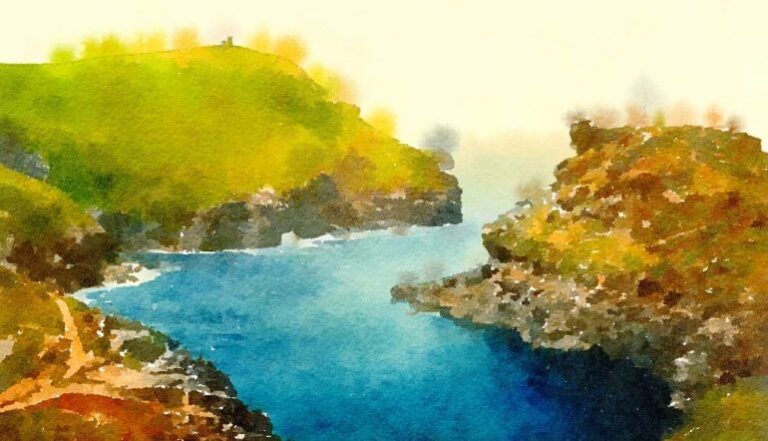A Writer’s Envy, Part III: Naked People in Pain

Guest post by Scott Nadelson
So I don’t envy all artists, all the time. I wouldn’t, for example, have wanted to be the Israeli performance artist Sigalit Landau while she was making her piece Barbed Hula. Pronged metal puncturing my belly? (You’ve been warned.) I’ll pass.
Nor would I have wanted to be Marina Abramovic, dancing until she dropped or lying naked beneath a skeleton or brushing her hair until it fell out.
My wife and I had a chance to see both of these shows on our recent New York trip, and afterward I tried to sum up the history of performance art in my own words. “One hundred years,” I wrote in my notebook. “Many naked people in pain.” My wife, though, who is far more articulate about art than I am, captured its essence with greater complexity and grace. At one point while taking in the Abramovic retrospective, she turned to me and said, “She doesn’t fuck around.”
Not fucking around is what I admire so much about the best of performance art. It bares everything, literally and figuratively, and aims for distilled experience, stripped of artifice. At its most successful it explores the very essence of being human. Mind and body. Skin and blood. Death and sex. Love and fear.
As much as I love narrative–and I do, truly, more than any other form of communication–I sometimes find myself frustrated with all of its trappings, the contrivances of plot and scene, the artifice of constructed worlds, the illusion of experience taking place in real time. When writing stories, meandering my way through event and exposition to something I hope will approximate what it feels like to be inside a human body and to have a human mind, I sometimes shake my head and think, Get to it, already. Stop fucking around.
Stories can, and do, get to it, I know. If they didn’t, I wouldn’t be able to sit down to work every day. The stories that get to it for me–James Baldwin’s “Sonny’s Blues,” for example, or Chekhov’s “Misery,” or Katherine Anne Porter’s “Pale Horse, Pale Rider,” or Kafka’s “The Judgment,” or much of the work of Isaac Babel and Donald Barthelme and Eudora Welty and hundreds of others–all strive toward the essential, sentence by sentence, paragraph by paragraph, and whatever artifice does exist is at the service of this striving. There is no plot for the sake of entertainment, no constructed world for the sake of escape, no flourishes simply to show off the writer’s skills. These stories don’t allow the trappings of narrative to get between us and the messiness of life, but thrust us into it as quickly and deeply as possible.
What I admire–and envy–most about performance artists is how their medium allows them to get straight to the heart of things. Nothing I’ve ever seen or read captures the irreconcilable complexities of Landau’s home country–beauty and struggle, pleasure and pain, freedom and confinement–more immediately than the image of flesh torn by barbed wire in front of the glistening sea.
Do I want to tear my skin with barbed wire? No. Do I want to find ways of translating the immediacy and pain and vulnerability of Landau’s work into the narratives I write? Do I want my stories to strive toward the essence of being human, as I’ve experienced it? Yes.
As part of the retrospective at MoMA, Marina Abramovic is performing a new piece for the duration of the exhibition, all seven hundred hours. She sits at a table, silently, without expression. Audience members are invited to take the seat across the table and be with her for as long as they choose. The artist is present.
Above all else, this is what Abramovic’s and Landau’s work reminds me: No matter what the medium, the artist has to be present in the work. As a storyteller, I constantly have to ask myself if I am using the artifice of narrative to keep at a safe distance from my characters or my readers. And if I am, I have to find ways of making myself more vulnerable in the process, to strip down to essence, to skin and blood. There’s a line from “Sonny’s Blues” that should be my mantra when I sit down to work: “You got to let him know you’s there.” Why else would someone want to read what I’ve written? What else are stories for, if not to let people know that they aren’t alone, that there are others with them, naked and in pain?
Photos courtesy of artnet, Times Square Alliance, and The Art Newspaper.
This is Scott’s third post for Get Behind the Plough.


